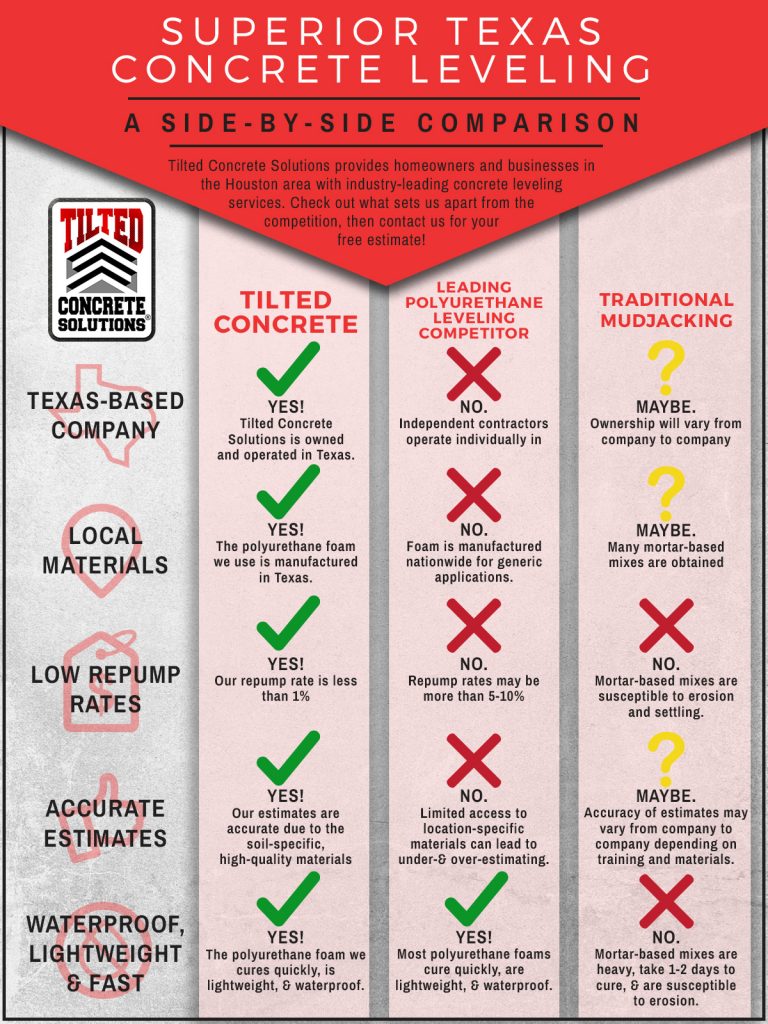Step-By-Step Overview To Preparing Your Walls For Repainting
Step-By-Step Overview To Preparing Your Walls For Repainting
Blog Article
https://zanegpyhp.ja-blog.com/33344623/boost-your-home-style-with-a-palette-of-striking-shades-from-innovative-neutrals-to-daring-statement-colors-and-reveal-strategies-to-stay-fashionable-in-interior-decoration By-Mathiasen Rindom
When you're prepping your walls for paint, it's critical to follow a methodical process to ensure a flawless surface. Start by taking a look at the wall surface for any type of damage; this step can make or damage your job. Once you've identified any type of problems, cleansing the surface appropriately is essential, as a dirty wall can affect paint attachment. Afterwards, you'll require to patch any kind of flaws and apply a primer. But there are specific strategies and ideas that can elevate your preparation game-- allow's check out those more to achieve the most effective results.
Assessing Wall Surface Problem
Before you get your paintbrush, take a moment to examine your walls' problem. Look for any kind of noticeable damages like splits, openings, or peeling off paint. These flaws can influence just how the paint adheres and looks once it's completely dry. If you see any significant damage, you'll need to focus on repair work prior to diving right into painting.
Look very closely at the structure of your wall surfaces. Is the surface area smooth, or is there texture that might require special consideration? Smooth walls generally need less preparation, while distinctive surface areas may require even more time to paint uniformly.
Likewise, think about the previous paint job. If the old paint is shiny, it mightn't allow brand-new paint to stick correctly. You'll need to know if your wall surfaces have been repainted with oil-based or water-based paint, as this can impact your option of primer or paint.
Lastly, keep in mind of any moisture issues. If you see indicators of water damage or mold, address these troubles promptly to avoid additional difficulties.
Cleansing the Surface
As soon as you have actually evaluated the problem of your walls, the following action is cleansing the surface area. Begin by gathering your supplies: a container, cozy water, a light cleaning agent, a sponge or cloth, and a scrub brush for tougher places.
Begin at the top corner of the wall surface and work your method down. Mix the detergent with warm water in your bucket, then dip the sponge or fabric right into the service. Wring it bent on prevent too much wetness on the wall surfaces.
As you clean, pay very close attention to locations that might've built up dirt, grease, or finger prints. For stubborn discolorations, use the scrub brush delicately to stay clear of damaging the paint under. Rinse your sponge or towel frequently in clean water to stop spreading dust around.
After cleaning, it's necessary to clean the wall surfaces with a moist fabric to get rid of any type of soap deposit. This action guarantees a smooth surface area for the brand-new paint to abide by.
Allow the wall surfaces to completely dry completely prior to proceeding to the following prep work steps. This extensive cleaning procedure will assist develop a fresh canvas for your paint job, making certain the most effective results.
Patching and Priming
Patching and priming are critical action in preparing your walls for a fresh coat of paint. Initially, examine your walls for any openings, splits, or imperfections. Utilize https://wgntv.com/morning-news/mr-fix-it/indoor-painting-tips-with-mr-fix-it/ spackling compound or patching paste to fill up these areas.
Apply the compound with a putty blade, smoothing it out so it's flush with the surrounding surface. Permit it to completely dry totally, and afterwards sand it lightly till it's smooth and also.
When you have actually patched everything, it's time to prime. Primer aids seal the covered areas, guaranteeing the paint sticks effectively and supplies a consistent finish. Choose a guide ideal for your wall kind and the paint you'll be utilizing.
Apply the guide making use of a roller for bigger locations and a brush for corners and sides. If your patched locations are dramatically huge or permeable, you could intend to apply a 2nd coat of primer after the very first one dries out.
After priming, allowed everything completely dry thoroughly prior to moving on to painting. This preparation won't only enhance the look of your walls however additionally extend the life of your paint task.
Take your time, and you'll be pleased with the results.
Verdict
By adhering to these basic steps, you can achieve a smooth and professional finish on your walls. Begin by evaluating their problem, then clean and patch any kind of flaws prior to applying primer. Keep in mind to allow ample drying out time and make sure everything is smooth before you study paint. With the right preparation, you'll establish the stage for a beautiful change in your space. Currently, gather your products, breathe in the fresh air, and prepare to repaint!
